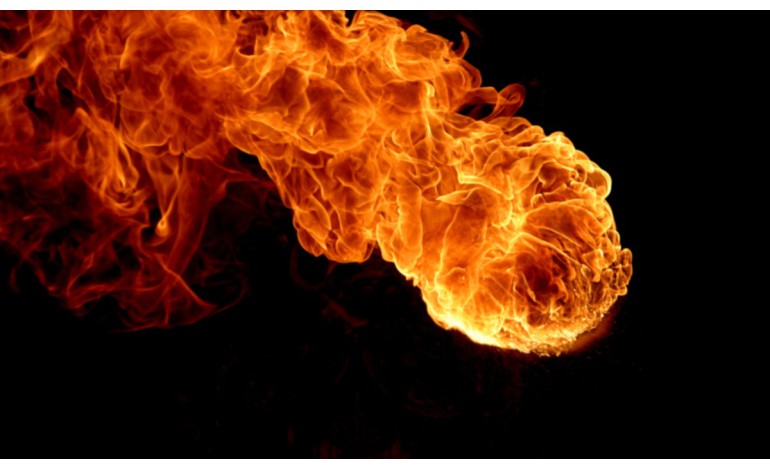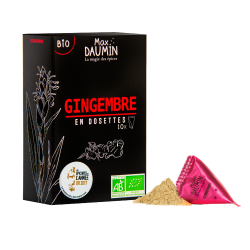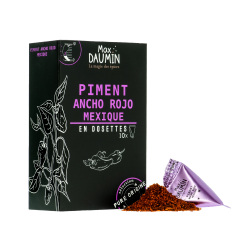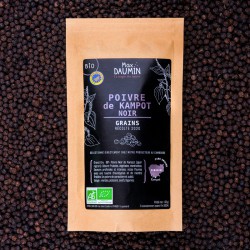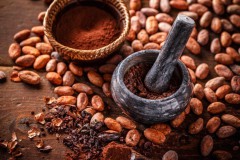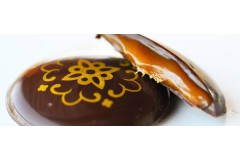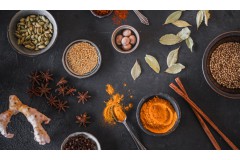Among all the spices found worldwide, a minority brings a more or less intense feeling of spice depending on the spice. These spices that bring heat and spice can be classified in what is called fireplace. It will be found there on the peppers, the peppers but also the ginger, the mustard, the wasabi for the best known.
surprisingly this family represents a minority of spices. There are around 4 to 500 products used as a spice worldwide, only a few fire. But this minority due to its unforgettable characteristic on the one hand and the fact that they are used frequently and around the world make it inevitably take an important place in the kitchen. At the very risk of bringing some confusion between spicy and spicy! (Cf article epicé or spiced? )
But then why it stings?
pepper and piperine
pepper or rather peppers like Piper all contain a molecule responsible for the heat released in the mouth: piperine . Discovered in 1819 by the physicist Hans Christian Ørsted, it is found in all these peppers but curiously also in a mushroom: the peppery boletus or Chalcivorus piperatus . This porcini is not very interest in being eaten as a Bordeaux porcini, its piperine rate being very high. It would be like taking a tablespoon of pepper in grains. However, it can be picked in order to be dried, reduced to powder to serve as a peppery condiment, or even a juice if you lack pepper!
Piperine, concentrated in the pepper grain nucleus, is measured on the scoville scale (see article Scoville ladder ). Pure Piperine has a rate of 100,000 compared to the rate of 16,000,000,000 capsaicin pure present in the pepper.
chili and capsaicin
chili is the most consumed spice in the world. It is found on all continents. Originally from Central America, he then followed a special road passing through Portugal, India and Asia, then Europe before returning to America (North and South). (article The long journey of the pepper )
The spice is caused by an alkaloid: capsaicin. Concentrated between 0.1 and 1.5% in peppers, depending on the variety, it causes a feeling of spice when it comes into contact with the mucous membranes of the mouth.
It has also been proven that we chilling for physiological reasons. The manager is the receiver of this sensation, the TRPV1 which, by addiction, is uninhibited. This explains the vision of children in Mexico eating peppers regularly for example. When you think of Asia, their often spicy cuisine is completely bearable and highly appreciated! So do not despair if you do not support the chilli much, just eat it often ...
finally capsaicin is liposoluble, it dissolves only in fatty substances. So if a pepper irritates you, then do not take a glass of water but a glass of milk, or a yogurt or cheese!
ginger and shugaol & gingerol
ginger is also part of the fire spices, it brings warmth with a slightly peppery sensation. The manager or rather the managers are two compounds the shogaol and the gingerol . The first drift of the Japanese ( 生姜 、 shōga) which simply means Ginger. This compound on the scoville scale has a rate of 160,000 compared to the rate of 16,000,000,000 pure capsaicin. He is mainly responsible for the concept of heat released by ginger. It is then supported by the second compound the gingerol, which is chemically close to capsaicin.
wasabi, mustard, horseradish and sinigrine & isothiocyanate of allyle
Another family in which we find a feeling of spice: those of Brassicaceae . We find mustard, wasabi and horseradish.
sinigrine causes the feeling of spice. As for the allyle isothiocyanate it causes both the feeling of spice and the feeling of mustard "which goes up to the nose". The effect arrives in a second step, the molecule is volatilized in the mouth, goes through the throat and finds itself in the nose. It stimulates receptor neurons of touch which gives this particular feeling.
During the grinding of mustard seeds, two molecules are mixed sinigrin and myrosinase. The latter allows the cutting of sinigrin by the water molecules. The result is a new compound: allyle isothiocyanate. This explains why mustard seeds can only sting intensely if they are finely crushed. The higher the version, the greater the mustard. Hence the "old" mustards or the grains are not completely crushed and are not very spicy.
It is interesting here to note a mechanism of defense of nature: the mustard protecting itself from predators wishing to taste these seeds!
zanthoxlyum and alpha sanshool & alpha hydroxy Sanshool
Here is on the scoville scale the strength of the aforementioned chemical elements. Chemistry could thus enlighten you on the choice of power and strength of fire spices that you would like to use in your kitchen. 
Good day,
max Daumin
Epices Max Daumin
or 2017-2018 silver 2020-2021 bronze 2019 | National grocery trophy
Artisan producer of the Culinary College of France 2021
